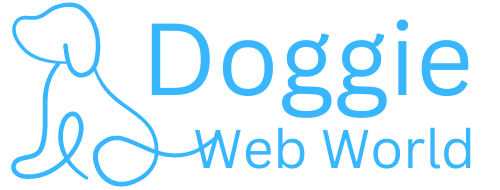Dog ownership isn’t something people should take lightly. It requires a sizable financial commitment and responsibility to keep them in good condition. But many people don’t consider everything that goes into it when picking up a dog at the shelter.
So I’ve decided to dive into all the expenses of owning a dog in 2023. It’ll help anyone reading this article to evaluate if getting a dog is feasible. From there, they can better prepare and decide if they’re ready for the responsibility of dog ownership.
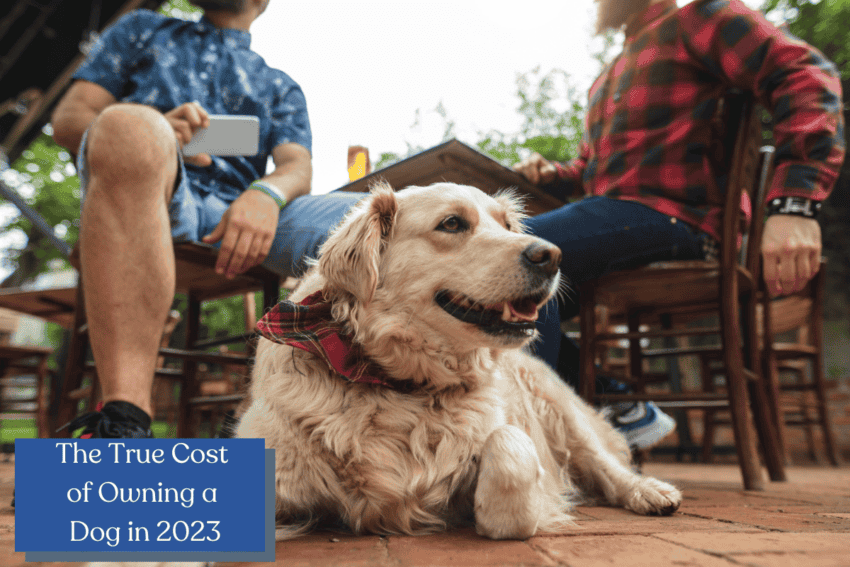
How Much Owning a Dog Costs in 2023
Adopting or buying a dog is a much more expensive undertaking than people assume. In fact, the initial costs will often cost a new owner between $500 and $1500, depending on various factors. It’s a necessary sum of money to ensure your new furry friend can enter your home in good shape.
But these initial costs are only half the battle. You’ll need to purchase necessities (dog food, grooming, and regular vet visits) to maintain their solid health and allow them to thrive. These essentials can cost anywhere from $500 to $2000 per year.
So how did I come to these averages? I break down it below by looking closer at the initial costs and required necessities. It’ll provide a more developed picture of the financial side. You can then budget around these figures to see whether dog ownership is wise.
1. Initial Costs
Every ownership of a dog starts the same way. You must decide whether you’re adopting or getting one from a breeder. I’d advocate going with an adoption for various reasons, but most notably, it’s much cheaper.
Adopting a dog from shelters or rescue organizations usually costs around $400. Buying a brand new puppy from a breeder will often be more than $1000 on the cheap side. It’s a massive difference, especially when on a strict budget.
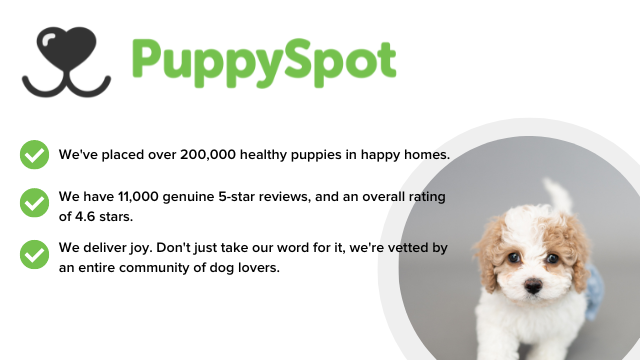
Of course, both fees are affected by breed and your home state’s regulations. But these are the averages that a person can expect during this process. Once you’ve paid the adoption or breeder’s fee, there are some essential supplies needed (food not included because the shelters will usually provide some at first):
Water and food bowls: $10 to $15
Leash: $10 to $15
Collar: $10 to $15 (more if you go with a GPS tracking collar)
Toys: $5 to $10 per toy (more for interactive dog toys)
Bedding: $20 to $40
Crate: $20 to $60 (depending on dog’s size)
These figures are generalized, but they provide a good idea of what to expect. You may be asking whether your pet needs a crate or toys. I can’t stress enough the importance of both to get a new pup adjusted into your home.
Vaccinations for rabies, parvo, hepatitis, and distemper are another required initial cost. Some shelters may provide them without any extra cost. If they aren’t covered, you can expect them to cost between $75 and $100.
As you can see, the costs can run up quickly toward that $ 1,000 mark or even over it when adopting. It’s not even including the cost of the necessities mentioned in our next section. So let’s not waste any more time and see how much the bill will continue to increase.
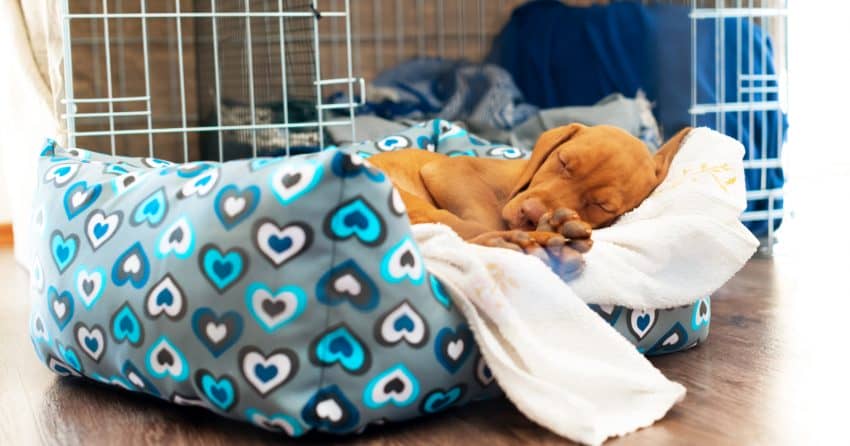
2. Required Necessities
You’ve now arrived home with your newly adopted dog. Sadly, the expenses don’t stop when you enter your home. You’ll need to start budgeting for necessities like dog food, grooming, and regular vet visits.
An excellent place to begin is with your dog’s food. Standard or low-quality dog food will require spending around $20 per month. However, these cheap products can end up costing you more in the long run on vet bills. Meanwhile, high-quality products can pack quite a wallop to your bank account ($60+ per month, depending on your dog’s breed and needs).
However, some specialized diet food will be $100 per month. But most people will stick with the standard/low-quality or high-quality products that still fall into the affordable range. Due to this, I can safely say that a dog food budget will fall between $250 and $700 per year.
Aside from dog food, grooming is another expense prospective owners must account for when budgeting. Certain breeds, such as long-haired dogs, require significant grooming to be in good shape. I’d recommend setting aside around $70 per month for grooming.
Keeping up with vet visits (every six months) should be accounted for in any budget. On most occasions, these visits won’t be overly pricey. But the money can begin to stack up whenever anesthesia is involved (well over $500 for any test with it). Meanwhile, flea treatments or other recurring medication will cost about $15 per month, and heartworm tests often are nearly $50.
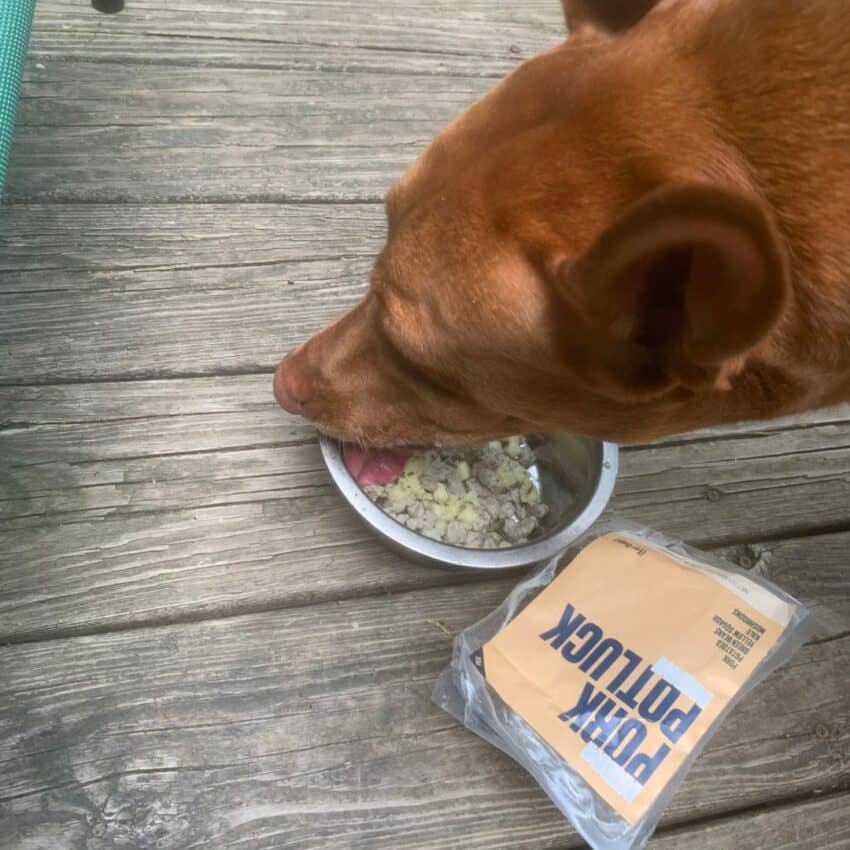
Hidden Expenses of Dog Ownership
Dog owners won’t only have to budget for initial costs and required necessities. This process also comes with several hidden or optional expenses that’ll attack your bank account without warning.
1. Spaying or Neutering
The most vital hidden expenses are paying for spaying or neutering procedures. It may not seem necessary, but all vets will recommend getting them. After all, these procedures help prevent pregnancies while promoting a much healthier and longer life.
Now, some shelters and rescues will pay for these procedures themselves. It’s not overly common, but it does happen if an area is overrun with strays. For instance, my local shelter does provide free procedures to reduce the stray population.
But if they aren’t covered, the procedures will cost between $50 and $500. The wide range comes from factors like age, sex, and size. I suggest discussing neutering and spaying costs with the rescue or shelter before adopting the pet.
2. Pet Insurance
Pet insurance is an excellent way to prevent vet bills from ruining your savings. But it’s crucial to know that this insurance won’t cover everything, such as pre-existing conditions. However, it’ll cover most procedures, accidents, injuries, common illnesses, chronic illnesses, and more situations.
Pricing for pet insurance isn’t completely outrageous, either. Most owners spend less than $400 on it annually to ensure any medical needs are covered. I’ve even used it to cover a few procedures and treatments for my pit bull.
Honestly, it’s nice to know I’m covered if something unexpected happens and don’t have the money. It’s been a true lifesaver.

3. Licensing Fees
Some states require dogs to be licensed, which costs around $25. A few examples of these states include Oregon, Arizona, and Tennessee. The fee is nothing outrageous, but the fines for being unlicensed in these states can begin to stack up quickly.
So it’s a much better idea to research whether your state requires it and address the problem immediately. Trust me; the $25 fee is nothing compared to what the fines cost.
4. Pet Deposits and HOA Fees
Pet deposits are an unfortunate consequence of owning dogs or any other animals. Pet owners usually have to pay landlords an additional fee before moving into an apartment. It’s a bummer, especially for people with more than one pet (fee is per pet). The range of deposits usually falls between $200 and $500.
I should also note that these deposits work the same as standard ones. In other words, it’s a refundable fee to cover any damages caused by your pets. So if they don’t cause any, you get the money back after moving out of the apartment.
On a similar note, condos or gated neighborhoods follow HOA regulations. Homeowners and renters must follow them to a tee or fines/penalties will be provided. Of course, some of these restrictions are about pets, such as acceptable sizes or breeds.
So if you want to avoid paying extra fees, research these rules before moving into the condo. It’s easier to comply with the guidelines than to deal with constant payments. In some cases, they can end up being quite expensive.
5. Traveling/Boarding Fees
Dog ownership takes a toll on your ability to travel. The process is more difficult while adding fees for specific ways of doing it. For instance, some owners take their pets on trips when traveling by airplane. This action costs a sizable amount of money whether they’re traveling in the cabin or cargo hold.
If they’re in the cabin, owners will have to buy an additional ticket. This privilege is reserved for smaller dogs or service ones with the proper papers. As for the cargo hold, a fee will be determined based on the crate/dog’s weight and overall size.
I had a bad experience traveling on a plane with my beagle in the cargo hold. Unfortunately, I didn’t read the airline’s guidelines for crate size before getting to the airport. It ended up with me having to buy a new ticket for another day and find a suitable crate: an absolute nightmare.
Please refrain from making the same mistake and do the research before getting to the airport. Most airlines provide the proper requirements on their website in noticeable, large font. I’d also suggest looking at their policies concerning vaccines and ensuring your dog is up-to-date.
But overall, the best way to travel with pets is not to do it. I’ve found having them boarded or asking a trusted friend to house-sit is a much preferable option. Traveling with them isn’t worth the hassle, even if none of us can stand being without our pups for an extended period.
Anyone who does board their dogs will have to pay a fee. It’s much like staying at a hotel with a fee per night standard. The rates will greatly vary based on overall quality and location, as well.
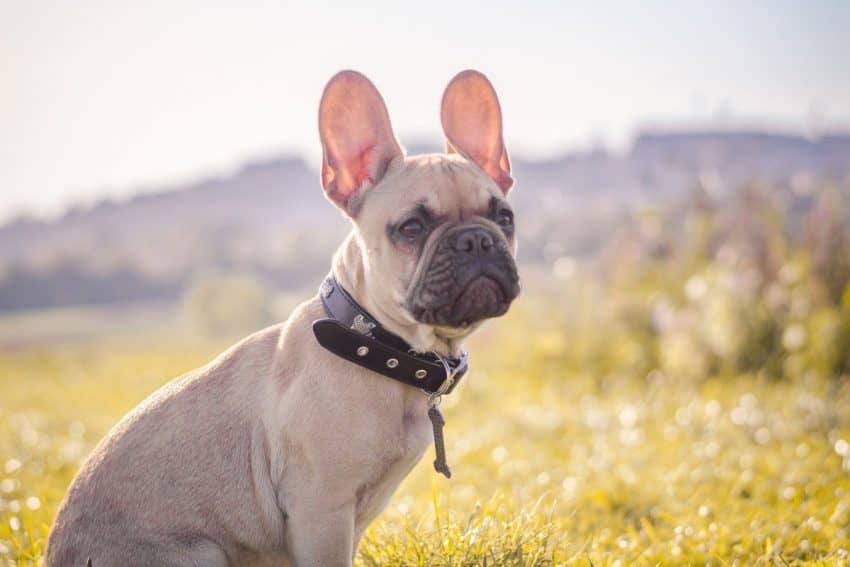
6. Dog Walkers and Daycare
Most dogs won’t be content with sitting inside their homes all day. These pets need stimulation, exercise, and entertainment. So people who don’t have a way to provide it will need to hire a dog walker or invest in a daycare for them.
Otherwise, your dog will start using their pent-up energy in destructive ways. Everyone reading this article has feared arriving home to their furniture being ripped apart. Lack of stimulation and excessive boredom is how this nightmare becomes a reality.
Luckily, dog walkers aren’t overly expensive. You can even use apps for them like Wag, where the rates are incredibly reasonable (often $20 per 30-minute walk). But it’s an average since dog walkers do set their rates.
If you do use them regularly, the bill becomes rather extensive. It’s another reason why people who travel and work all day may be better off not getting a dog. After all, a daily 30-minute walk would cost $7300 per year.
7. Obedience Classes and Private Trainers
Dog training can be a tedious and unsuccessful process for some owners. It may lead to them making arrangements for obedience classes or getting a private trainer. If you do obedience classes, the fee will usually fall between $200 and $300.
But it starts getting extremely expensive for people who use private trainers. The average charge is $150 per hour, which can quickly slice into your savings. However, these trainers are more than worth it for those owners who can afford it.
For instance, untrained dogs can come out of these classes as perfect pets. It’ll ensure owners won’t have to worry about them ripping apart furniture, being overly aggressive, or digging in the backyard. I find it remarkable what these experts can do.

Conclusion
Overall, the cost of owning a dog in 2023 will start by spending $500 to $1500 on intial costs. But this number will increase significantly with required necessities ($500 to $2000 per year) and hidden expenses. So clearly, dog ownership is an expensive proposition for anyone.
But I wouldn’t trade being a dog owner for anything in this world. Therefore, anyone who feels the financial burden isn’t overbearing and feels ready for the responsibility shouldn’t hesitate. Let me know what you decide in the comment section. Thanks for reading!
